Saving vs Investing: What Should You Do First?
If you’re just getting started with money, you’ve probably asked this question:
Should I save first, or start investing right away?
The answer depends on your goals, your emergency cushion, and your financial timeline—but the short version is this:
✅ Save first to protect yourself
✅ Then invest to build wealth
This article will break down:
- The key differences between saving and investing
- How much you should save before investing
- What to invest in as a beginner
- How to balance saving vs investing going forward
Let’s make it simple.
What’s the Difference Between Saving and Investing?
Saving means setting money aside for short-term needs and emergencies.
You want it to be safe, liquid, and ready to use.
Investing means putting your money into assets—like stocks, ETFs, or real estate—that can grow over time, but may go up and down in value.
| Feature | Saving | Investing |
|---|---|---|
| Goal | Short-term safety | Long-term growth |
| Risk | Very low | Medium to high |
| Access | Immediate | May take time or incur penalties |
| Return | Low (1–5% in HYSA) | Higher potential (7–10% long-term) |
Should You Save or Invest First?
Always build a cash buffer before you start investing.
Here’s why:
If you invest your money before saving anything, you could be forced to sell your investments at a loss during an emergency.
💡 A good rule of thumb:
Save enough to survive. Then invest the rest to thrive.
How Much Should You Save Before Investing?
- Start with $1,000 as your mini emergency fund
- Build toward 3–6 months of essential expenses
- Keep it in a high-yield savings account (HYSA)
Once that’s done, start investing anything extra.
Related: What Is a Money Market Fund?
When Should You Start Investing?
As soon as your basic savings are in place, start investing—even if it’s just $50/month.
The earlier you start, the more time compound interest has to work its magic.
Here’s how $100/month grows over time (at 8% returns):
| Years | Total Invested | Value at 8% |
|---|---|---|
| 10 | $12,000 | $18,294 |
| 20 | $24,000 | $55,300 |
| 30 | $36,000 | $122,346 |
📈 Starting early matters more than starting big.
What to Invest In as a Beginner
You don’t need to pick stocks or become a financial expert.
Start with:
- A Roth IRA or 401(k) for retirement
- A total stock market index fund (like VTI or FZROX)
- Automated contributions every month
💡 Keep it simple. The goal is consistency.
Related: If You Only Do One Thing, Invest in a Total Stock Market ETF
How to Balance Saving and Investing Long-Term
Once your emergency fund is full, here’s a smart breakdown of your income:
| Use | % of Monthly Income |
|---|---|
| Living Expenses | 50–60% |
| Saving (short-term) | 5–10% |
| Investing | 20–30% |
| Fun / Giving | 10–15% |
These aren’t hard rules, but they’re a great place to start.
What Not to Do
❌ Don’t wait until you “feel ready” to invest
❌ Don’t keep all your money in savings
❌ Don’t try to time the market—just start
Final Thoughts: Saving vs Investing
Save first. Invest second. Always do both.
- Saving protects your present
- Investing builds your future
You don’t need a high income to build wealth—you need good habits.
Start small. Start now. And keep going.
FAQ
How much cash should I keep before investing?
Enough to cover at least 3–6 months of living expenses. Keep it in a high-yield savings account.
Can I invest while I’m still saving?
Yes. Once you’ve saved your minimum emergency fund, you can start investing even while continuing to save.
Is investing risky?
In the short term, yes. But long-term, investing in broad index funds is one of the safest ways to grow your money.
👉 Not sure what to invest in first? Read our beginner’s guide to index funds.
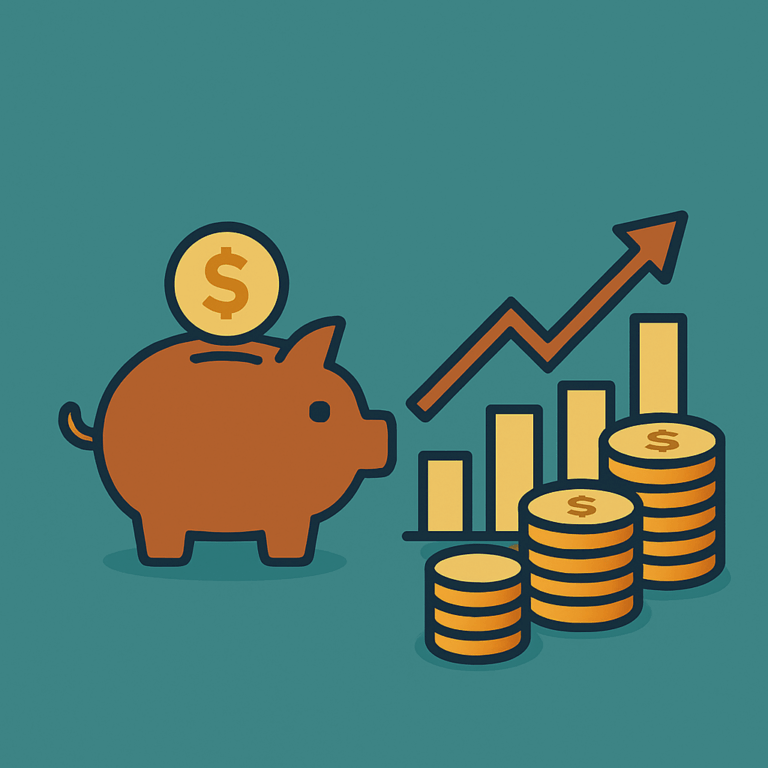
How I Invest My $200,000 Salary (Step-by-Step Breakdown)
I Make $200,000 a Year — Here’s How I Invest It I wasn’t always a high earner. My first job…

Weekly vs Monthly Investing: Which Is Better for Beginners?
If you’re wondering whether to invest weekly or monthly, you’re not alone.One of the most common beginner questions I get…

What to Do With Your First $1,000
When I had my first $1,000 saved, I felt two things at once: proud…and stuck. I knew I should do something…
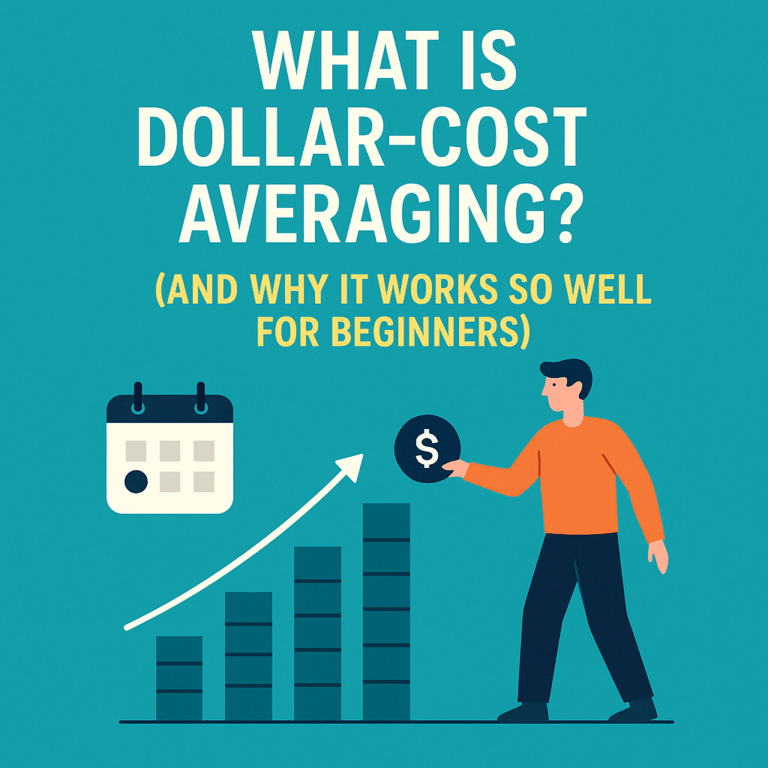
What Is Dollar-Cost Averaging? (And Why It Works So Well for Beginners)
We started investing in 2013, right after I landed my first “real” job — $15 an hour, entry-level. My wife…

How to Get Rich From Nothing (Even If You’re Broke Right Now)
I started with nothing. No inheritance. No stock tips. No trust fund. My parents didn’t leave me a dime, and…

The Best First Investments for Kids (And How I’m Building Generational Wealth for My Daughter)
When I was growing up, no one handed me a roadmap to building wealth. My parents weren’t investors. They didn’t…
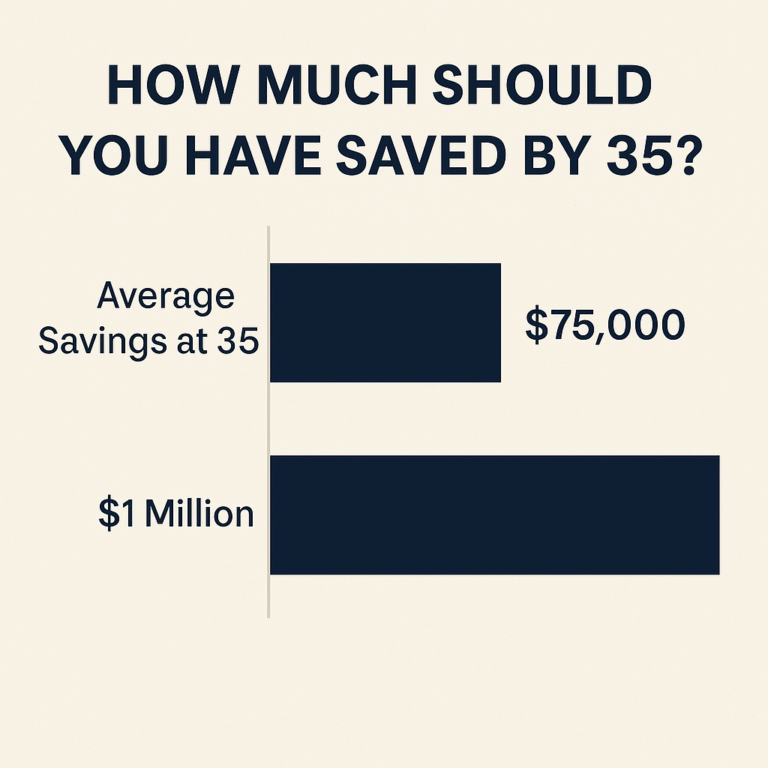
How Much Should You Save at 35? (Here’s What I Did)
The Short Answer: It Depends. But Let Me Tell You What Worked for Me. When I turned 35, I had…
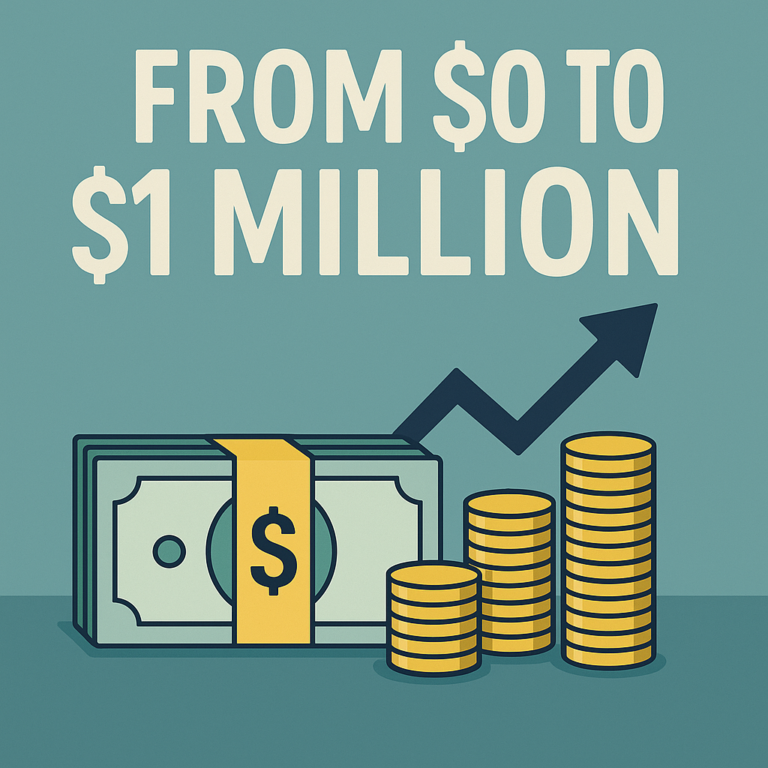
From $0 to $1 Million by 35: A Simple Wealth-Building Strategy
TL/DR: I worked hard to steadily increase my income over time until I could save half of it every month…
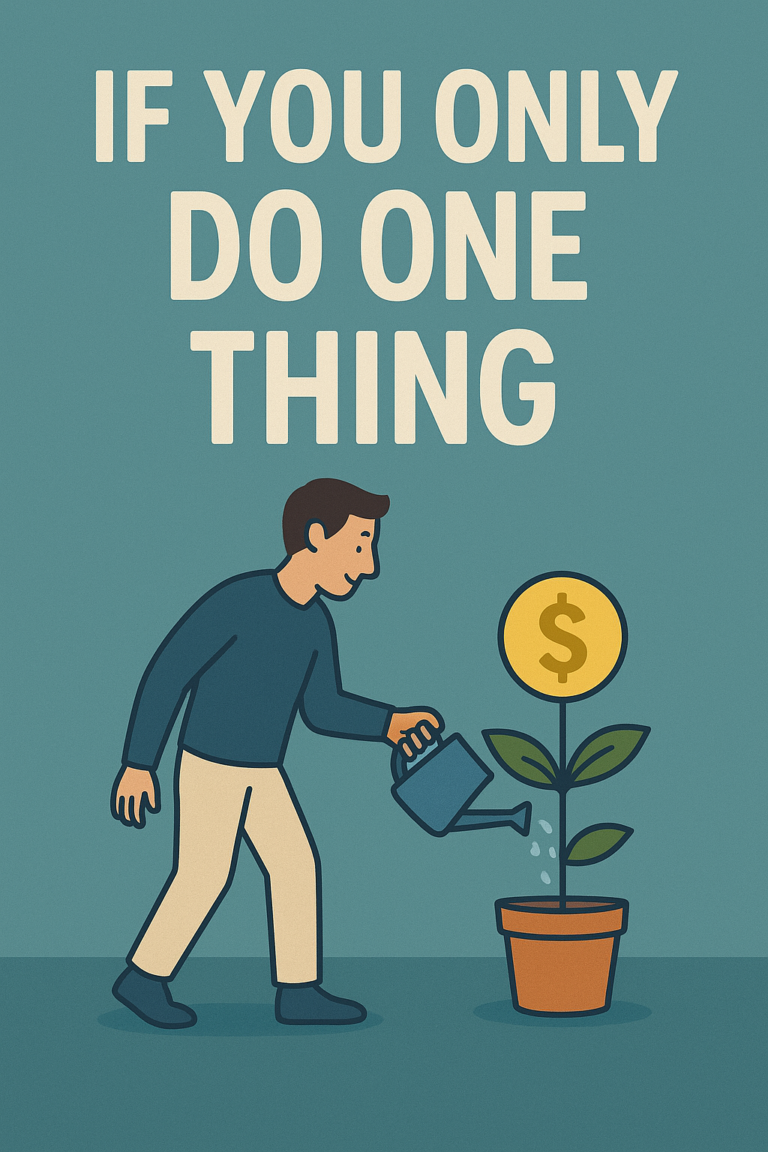
If You Only Do One Thing — Invest $100 In a Total Stock Market ETF
If you’re feeling overwhelmed about investing and don’t know where to start, let me make it dead simple: Open a…